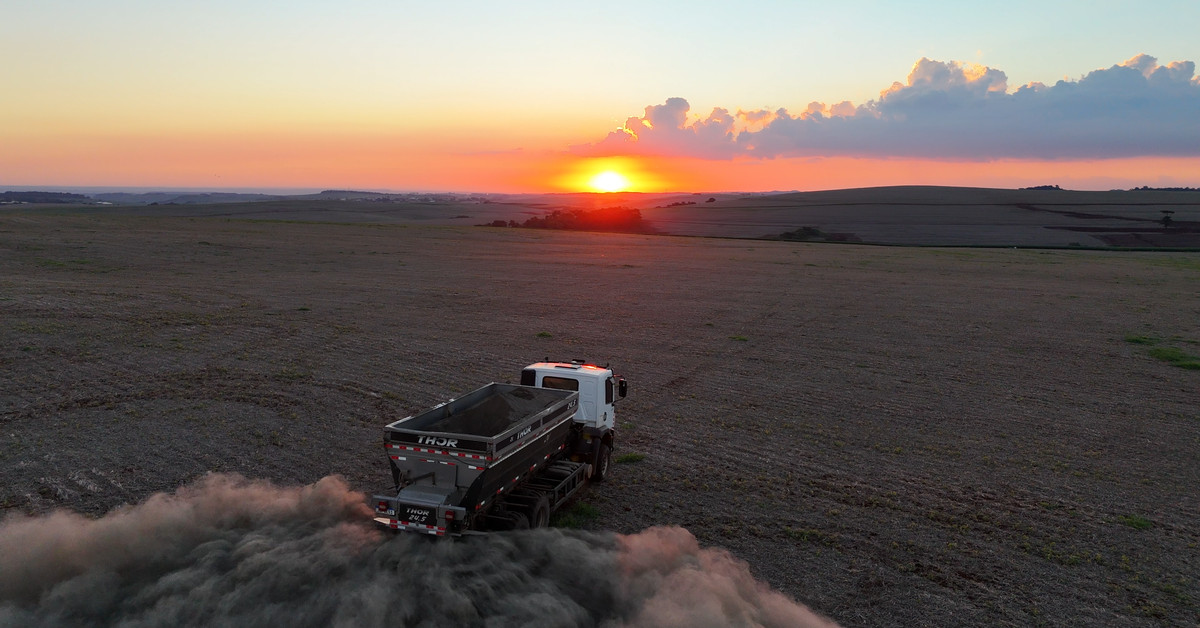In an effort to mitigate the devastating impact of pollution on the climate, Google and several other prominent companies have invested in a strategy called enhanced rock weathering (ERW). This innovative approach aims to trap carbon dioxide using rocks, which has recently gained significant attention with multimillion-dollar deals between Terradot, a Sheryl Sandberg-backed startup, and various big-name companies.
Google’s Carbon Removal Deals
Google is at the forefront of this initiative, having announced two separate deals with Terradot. The first deal, brokered by Frontier – a carbon removal initiative led by Stripe, Google, Shopify, and McKinsey Sustainability – involves paying $27 million for 90,000 tons of carbon dioxide to be removed from the atmosphere. This agreement is part of a larger effort that has collectively committed to removing 90,000 tons of CO2.
In addition to this deal, Google has also announced an independent agreement with Terradot to purchase an additional 200,000 tons of carbon removal. Although the company declined to disclose the value of this second deal, it is expected to be similar in cost to the Frontier agreement, which would total around $60 million if calculated at a rate of $300 per ton of CO2 captured.
The Science Behind Enhanced Rock Weathering
Enhanced rock weathering is a relatively low-tech approach that leverages natural processes to remove carbon dioxide from the atmosphere. The process involves crushing rocks and spreading them over large areas, increasing the surface area exposed to rainwater, which contains CO2. As rain falls on these crushed rocks, it triggers a chemical reaction that traps CO2 in water as bicarbonate. This bicarbonate is then carried by groundwater into the ocean, where it is permanently sequestered.
Terradot: A Startup with Ambitious Plans
Terradot, the startup behind this initiative, was founded by James Kanoff and Sasankh Munukutla in 2022. The company has its roots in a research project at Stanford University, where Kanoff’s former professor, Scott Fendorf, is now the chief scientist and technical advisor.
Sandberg’s Investment
Sheryl Sandberg, the former Facebook COO, invested in Terradot through her support of the Farmlink Project. This nonprofit initiative connects food banks to farms with excess produce. Sandberg has expressed confidence in Kanoff and his team, stating that they have "the drive, the right technology, and a strong focus on execution to succeed."
Challenges and Concerns
While enhanced rock weathering offers promise as a carbon removal strategy, there are still several challenges to be addressed:
- Measurement: It is difficult to accurately measure how much CO2 is captured through this process.
- Limitations: Fertilizer in the soil can potentially limit how much carbon is captured.
- Scalability: The long-term effectiveness of this approach remains uncertain.
A Small Step Forward
Google’s commitment to investing in enhanced rock weathering is a step in the right direction, but it is essential to remember that switching to clean energy is still the most effective way to combat climate change. This carbon removal strategy can help counteract some legacy pollution while companies make their transition to renewable energy.
Conclusion
The partnership between Google and Terradot marks an important milestone in the development of enhanced rock weathering as a viable carbon removal strategy. While there are challenges to be addressed, this initiative demonstrates that the private sector is willing to invest in innovative approaches to mitigate climate change.




